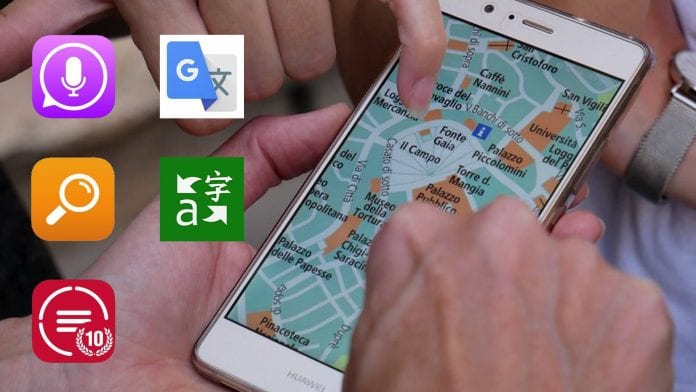Translation apps, don’t you just love them? In this day and age, who wouldn’t? But as amazing as they are, they’re not perfect as with all machines and software. This begs the question, are they really that useful or not? How do they compare to actual human translators in terms of quality output and accuracy in terms of the source text’s context? For starters, you can try giving this a quick read on how to check the quality of a translation if you’re curious.
With this article, get to know how well they perform when compared to human professional translators. We’ll also be considering specialized translations and nuanced regional languages and whether or not you can trust an app to these tasks. Also, find out what are the best translation apps out there in the market and what situations are they really meant and best for.
How Do Translation Apps Work? Is It Magic?

It wasn’t too long ago when people dreamed of instant translation as a product of science fiction [Star Trek anyone?]. Now, all it takes is a quick download from the Google Play Store and Apple App Store, and you’re all set! But how do translation apps work?
Most translation apps use machine translation (MT). So what is a machine translation and how does MT work? There are three types of MT; Rules-based Machine Translation (RBMT), Statistical Machine Translation (SMT), and Neural Machine Translation (NMT).
-
RBMT
– Learning method is language-based.
– Fed with language guidelines and dictionaries on how to translate languages.
-
SMT
– Not given any language guidelines
– Programmed with algorithms that can identify patterns in bilingual text corpora but has to be fed with plenty of such data.
– Learns through statistical probabilities on which words and phrases can result in accurate outputs at a given context
-
NMT
– Similar to SMT but is more capable with its ‘deep learning’ capability
– Learns extensively through trial and error
Many apps such as Google Translate run on SMT. But Google Translate recently made a switch to NMT, thereby upgrading its capability to cover more languages. Thanks to NMT, Google Translate now supports obscure regional languages such as Somalian. But it’s not exactly doing a good job considering that there isn’t a lot of Somalian data floating around for it to learn from. But still, it just goes to show how sophisticated MT can become, and not because of magic.
Are Translation Apps Reliable?
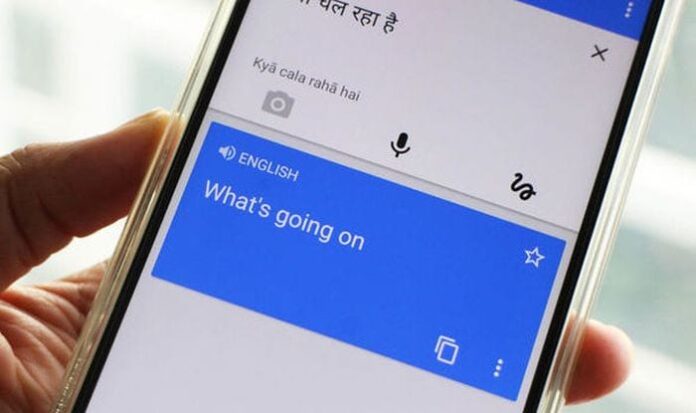
There are hundreds of millions of people using these apps around the world at any given time. With that in mind, you can bet the developers behind these apps have done and are doing something right. But are they reliable? It really depends on what you use them for and what you expect of them as apps.
1. They Are Free
As mentioned earlier, if you have a smartphone, you have access to numerous free apps available at the Google Play Store and Apple Store. Although some of them do provide premium services at certain fees. These range from removing ads, providing offline capability, to unlimited access to the app’s various features.
2. They Are Very Convenient on the Go
If you’re in another country for whatever reason and you need to know ASAP where the bathroom is or which street you’re in, then a translation app is what you need. From tourists, beginner language students, to traveling business people, apps are more convenient than lugging around bulky dictionaries and phrasebooks.
3. They Come With Cool Features but Don’t Rely on Them Too Much
Many apps now provide voice interpretation. Just speak into the mic and outcomes of the translated audio. If you think that’s cool, what about image translation? Just snap a quick photo of road signage or menu and outcomes the translated text embedded in the photo. But these are relatively new features and their reliability is still questionable to a certain point.
4. They Can’t Adequately Handle Colloquial Speech
Languages change all the time with new words, phrases, and expressions added every day. That being said, these apps fall apart when shown slang, idioms, uniquely endemic expressions, etc. There are also some words that are just unique to the language that can’t be translated. In general, these apps work very well on formulaic general sentences but struggle with highly nuanced speech.
But they are indeed also useful for language learners as it makes for a great language-learning resource. Of course, they’re not meant to have relied on 100% but they’re a convenient resource to have, especially if you hate carrying around dictionaries. As a side note, if you’ve just started learning languages, try checking this post out on how to learn a foreign language quickly in no time.
Translation Apps vs. Translation Services
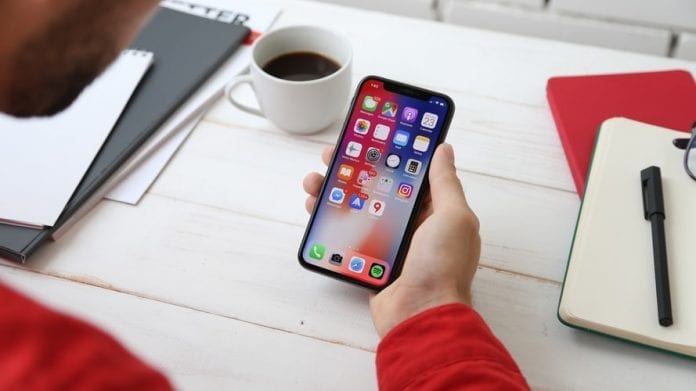
You hear a lot of people saying that the rise of MT will be the doom of professional translators. That translation services will no longer be needed and that MT will drive translation agencies all around the world out of business. But the more you look into it, that really isn’t the case. In reality, Statistica reports that in 2019, the global language service industry is growing bigger every year with a market value of over $45 billion dollars!
What really marks translation services differently compared to MT and the apps that run on it is naturally, quality. It’s commonly agreed that professional translators provide way more accurate and even appropriate outputs than their android counterparts *winks*. Here are some important reasons why someone would need a professional translator.
1. A Translation Agency Can Handle Tight Deadlines and Voluminous Projects
A translation agency is an organization and has a global network of professional translators. If you need either a rush order or a project with loads of paperwork, then one can easily assign the right team of translators for the job.
2. Professional Translators Understand Colloquial Speech
A human with a beating heart can naturally understand slang, idioms, humor, creative expressions, etc. in a way that apps, or in MT, in general, has yet to match. Many professional translators are native speakers or have native-speaking abilities. This means they have the proper internal filter to know which is the most suitable substitution for certain expressions.
3. Professional Translators Understand Localization
They can fine-tune their outputs and find appropriate substitutions that will resonate locally with your intended audience. This not only applies to creative expressions but also various vocabularies and nuanced terminologies. This is called localization; tailoring your product, message, and content resonates locally with the target audience.
4. Professional Translators Can Handle Critical and Context-Sensitive Projects
If you need translations that need to be spotless, then a professional translator is right for the job. If you think about it, it’s simply not good practice to rely on a free app for critical documents. Now that we’re talking about critical documents, you’ll find out soon why certified translators are your only option for critical and context-sensitive projects.
Can You Use a Translation App for Specialized Translations?
Would you trust a dentist to perform heart surgery on you? I don’t think so, but they’re quite good for the job that they’re meant for—dentists and translation apps alike. The rule of thumb is that if you want impeccable translations, look no further than professional translators. But quality is more than they can provide.
The translation industry is a broad industry that has its own specializations and the right people for them. There are general translators that handle general projects such as letters, resumes, signages, menus, etc. But specialized translators belong to a whole class of their own.
These include medical, legal, financial, literary, and technical translation to name a few. Each specialization has its own career pathway. Translators wishing to specialize need to undergo more training, exposure, and earn the proper certification. In fact, for medical and legal translation, some countries such as the US actually make it illegal for any translator or even a bilingual/multilingual person unless they are certified.
All in all, you want someone with a beating heart that has the proper background, training, and expertise to render quality outputs. In the end, you get what you pay and no, you can’t justify your premium app fees in this context.
What Are the Best Translation Apps?
You will see plenty of lists online on the best translation apps. Regardless, you will see some frequently mentioned ones that appear in every list. For your convenience, we listed 5 of them. Look forward to reading our list to help you sort out one over the other.
1. Google Translate
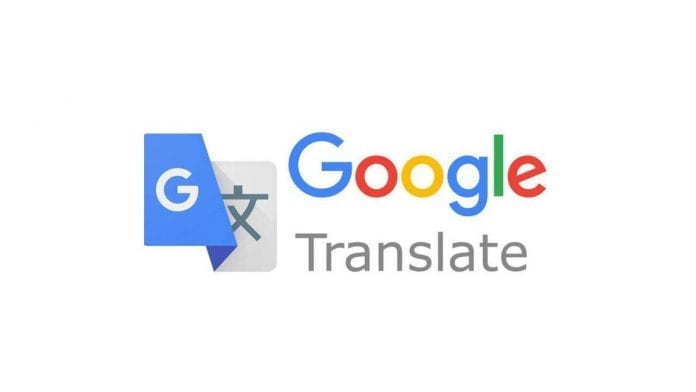
Being the most widely used app, does Google Translate take the crown? If you’re talking about the most versatile one, then yes as it currently supports more than a staggering 100+ languages! According to CEO Sundar Pichai through Business Insider, Google Translate handles over 143 billion words a day! However, each language isn’t given the same support. You can get a more consistent and quality Spanish translation for the English to Spanish language pair than one for the English to Somalian language pair.
2. iTranslate
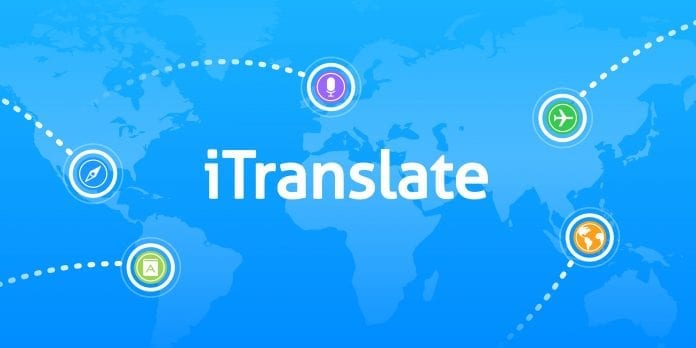
Like Google Translate, iTranslate does provide support for dozens of languages. But what makes a lot of people prefer iTranslate over Google Translate is its spectacular voice interpretation feature, conveniently known as iTranslate Voice. You can either interpret your own voice in another language or pair two phones in which the interpreted voice and translated voice will be relayed back and forth on both phones.
3. Microsoft Translator
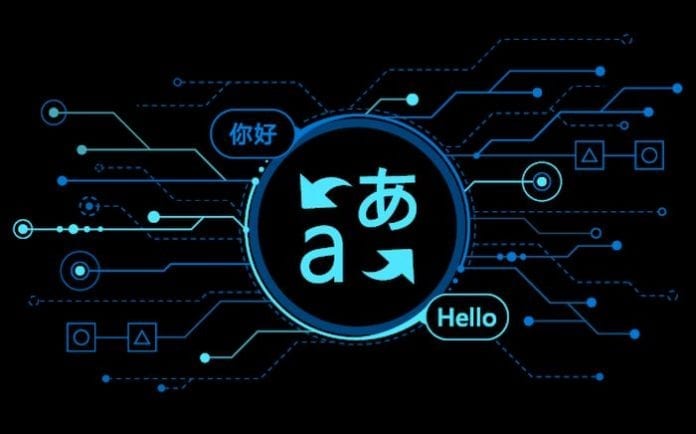
Although not in the same league as Google Translate in the number of languages covered, Microsoft Translator still does what it says on the tin. It’s a good all-rounder that covers most of the major languages. But what marks it different from Google Translate, aside from its UI design, is its sync capability. If you’re wearing a smartwatch, you can sync it with Microsoft Translator and voila!
4. TripLingo
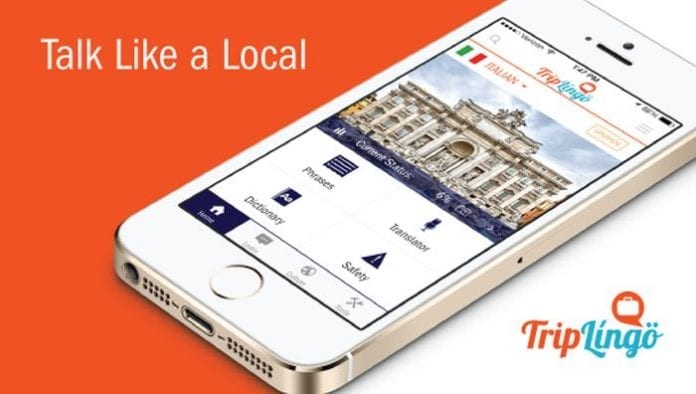
TripLingo is regarded as the best choice for travelers as the app takes the notion of a traveling device companion to the next level. TripLingo helps travelers cross linguistic-cultural barriers through its guidebook on local phrases, etiquette, and customs.
But what really makes TripLingo a lifesaver for travelers is at a fee, it can link you to an actual human translator. You’ll never know when you might need a professional translator on standby. For example, if you happen to be in an emergency in Latin America or Spain, then you can immediately contact an English to Spanish and Spanish to English translator.
5. Waygo
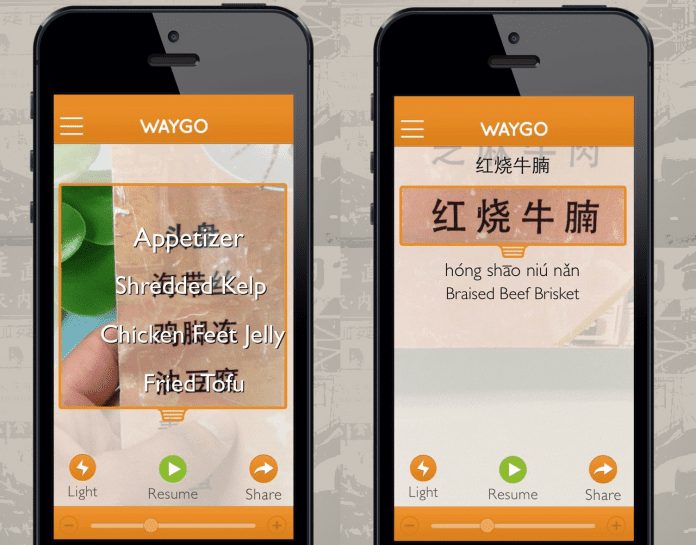
Compared to iTranslate and Google Translate, Waygo falls extremely short of the number of languages they cover. The app only covers East Asian languages, specifically Korean, Chinese (Mandarin), and Japanese translations. But that’s where Waygo really shines. Its algorithm can also handle complex characters that are written either horizontally or vertically. If you’re traveling to China, give Waygo a shot if you need a Chinese to English translation for a Chinese menu, Chinese road signs, and etc.
So Which Is The Best Translation App?
There are plenty more apps out there apart from the ones mentioned but do you really need to choose one over the other? Maybe among similar ones with parallel features since the cream of the crop is what you need. But how about the unique ones such as Waygo and TripLingo.
There’s no rule saying that you can’t have more than one app on your phone. There are all-rounders like Google Translate, Microsoft Translator, and iTranslate. You then have specialized ones such as Waygo. Need to brush up your local etiquette and local slang? Pull up TripLingo! Need superior voice interpretation, then pull up iTranslate instead. All in all, simply pick the app that best suits your language needs at the very moment.
The Future of Translation Apps: Final Words
Although they’re still imperfect, they still have plenty of uses as with translation services. Every year, they are becoming much more capable and come with even more clever features or at the very least, upgrade their functionality.
That being said, development on live interpretation needs a lot of work as even the latest version today can’t do away with the awkward seconds spaced in between. Also, developers ought to further develop the voice recognition capabilities of their apps by being able to understand unique accents. Even it’s English voice recognition capabilities need a lot more work.
But at the pace they’re being developed, will it come to a point that it will actually endanger not only the profession but also the very existence of professional translators and interpreters? Will it even make language learning obsolete since why would anyone want to go through years of schooling when they have a device, software, or app that does it all for them? My guess is as good as yours and everyone else’s.
